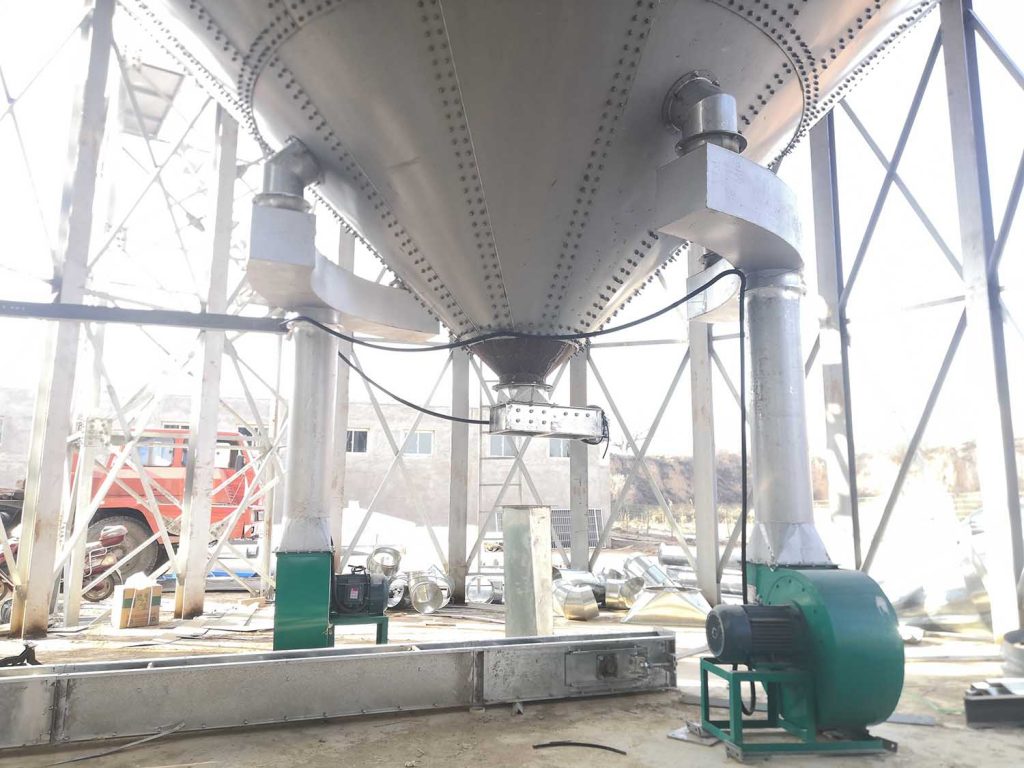The grain silo ventilation system features unique structural design. It aims to precisely control the internal environment. Now let's examine its structure closely. We will explore how it protects grain during storage.

Basic Structure
Fans
Fans serve as the core power source. They drive airflow throughout the system. Silo size, grain type, and ventilation needs determine fan selection. Common types include centrifugal fans and axial fans. Centrifugal fans provide higher pressure. They suit long-distance or high-resistance ventilation. Axial fans deliver large air volume with simple structure. They work well where high airflow is needed but pressure demand is low.
Ducts
Ducts are usually made of galvanized steel or concrete. Their surfaces must remain smooth. This reduces airflow resistance. Duct layout also requires optimization based on silo structure and grain storage features. This prevents ventilation dead zones.
Auxiliary Structure
Vents and Ventilation Covers
Vents and ventilation covers are key interfaces for air exchange. Vents are typically set at the silo top and bottom. They introduce fresh air or expel moist, hot air. Ventilation covers install at the silo bottom. They distribute air evenly and also support some grain weight.
Roof Exhaust Fans and Natural Ventilation Windows
Roof exhaust fans enhance extraction when needed. They quickly reduce internal temperature or humidity. Natural ventilation windows use wind power during suitable weather. This saves energy and protects the environment.
Smart Structure
Sensors and Monitoring Devices
Temperature and humidity sensors measure changes accurately. Oxygen sensors monitor concentration in the grain mass. Air pressure sensors give real-time feedback on duct conditions. These devices send collected data to the control center. They provide data support for intelligent system regulation.
Intelligent Control System
The smart control system uses sensor data. It automatically adjusts system operating parameters. This enables precise ventilation control. For example, sensors may detect high temperature or excess humidity. Then the system increases fan airflow or adjusts pressure automatically. It quickly lowers grain temperature or removes moisture.